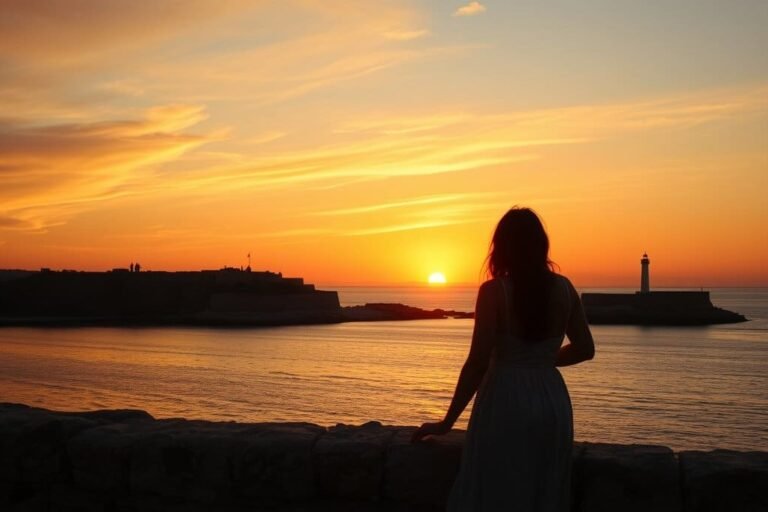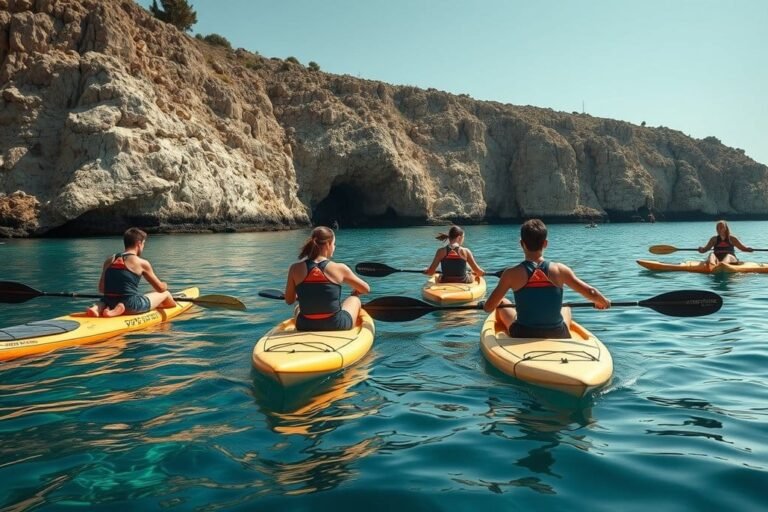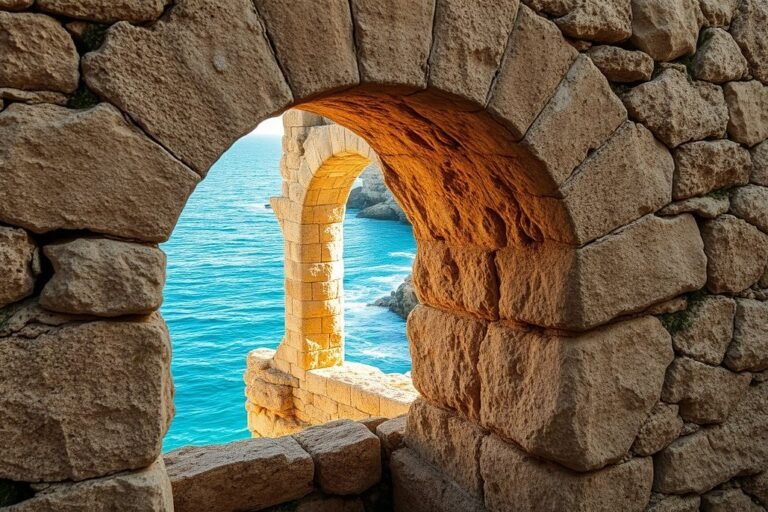The small island off the coast of Alicante hides more than crystal-clear waters and historic walls: its history is intertwined with pirate myths, optical phenomena, and sea creatures. This article collects some of the most fascinating legends that fuel the place’s charm.
1. The hidden treasure of pirates
It is said that during the 16th to 18th centuries, Tabarca Island served as a base for Barbary pirates attacking the Levantine coast. According to tradition, before leaving the island, the corsairs hid their loot in a cave or beneath the foundations of the Church of Saint Peter and Saint Paul. To this day, this treasure has not been found, but the legend persists and motivates relic hunting excursions.
2. The “deceptive” Island and the Fata Morgana phenomenon
The island is also known for changing size or shape before the sailor’s eyes: an optical phenomenon called “Fata Morgana,” which, under inverted temperatures, produces mirages on the horizon. For this reason, some call it “the deceptive island.” Seeing it deform from a distance adds a touch of magic to the landscape. The effect has been documented in meteorological observations and also referenced in media outlets such as COPE.
3. The Sea Lion Cave
Another popular legend tells of the so-called Sea Lion Cave: according to legend, a sea lion appeared at its entrance, protecting the place, where its female mate and pup were later found dead. Today, the cave is a point of interest for divers and visitors seeking to experience the living history of the sea.
4. The origin of the name and the Genoese
In 1768-1769, King Charles III led the colonization of the island with Genoese fishermen freed from slavery in Tunis, from the African island of Tabarca. This is the origin of the current name of Tabarca Island. The population still retains Italian surnames in honor of their ancestors. This episode is documented by the Alicante City Council.
5. Maritime curiosities and ancient shipwrecks
The island occupies a strategic and dangerous location for navigators: the ancient Greeks called it “Planesia” for its flatness, and the geographer Strabo already warned of the dangerous rocks surrounding its coast. Furthermore, amphorae and Roman remains have been found on its seabed, evidence of ancient shipwrecks that fuel further mysteries.
Frequently asked questions
Is the pirate treasure in Tabarca real?
There is no confirmed historical evidence, but the legend lives on among locals and visitors alike.
Can you experience the “Deceptive Island”?
Yes. On certain days with special atmospheric conditions, the Fata Morgana phenomenon can cause the island to appear to float or deform.
Where is the Sea Lion Cave?
It’s located on the eastern side of the island, accessible by sea. Visiting it with a guide or on organized tours is recommended.
Did Tabarca really have Genoese inhabitants?
Yes. The current population is partly descended from the Genoese liberated in the 18th century. Some local surnames reflect this.
Are there any visible archaeological remains?
Roman remains and amphorae have been found on the seabed. Some pieces have been documented in archaeological studies, although not all are accessible to visitors.







